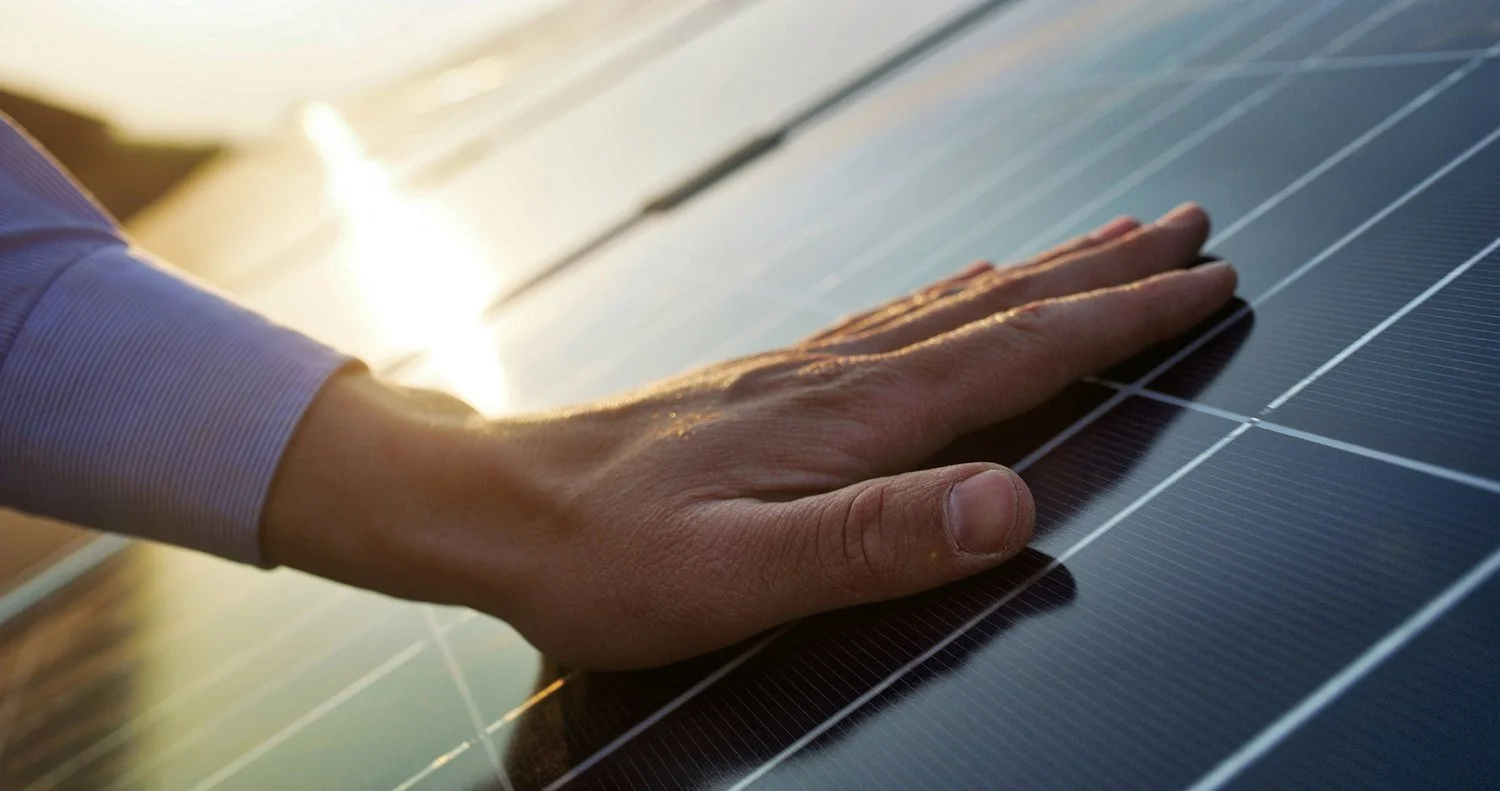A team of bioengineers at KU Leuven has been working on advancing so-called hydrogen panels for over ten years. Now the research team has taken an important step toward the industrial production of panels that can extract green hydrogen gas from the air. The team expects an adaption rate for hydrogen similar to that of solar panels.
Image Credit: HQuality via Shutterstock / HDR tune by Universal-Sci
What are hydrogen panels?
Hydrogen panels look like solar panels but differ in how they function. The panels take water vapor from the air at night and convert it into hydrogen/oxygen during the day using energy from sunlight.
Hydrogen is the lightest of all elements and has a special property: it is an energy carrier. (It is referred to as an energy carrier instead of an energy resource because there exists no naturally occurring source of hydrogen in useful quantities. Nevertheless, we can use it to 'carry' energy). In other words, excess energy can be converted into hydrogen and be used to convert into electricity or heat at a later date.
Hydrogen produced in the above-mentioned manner would be classified as sustainable 'green hydrogen.' Most of the current hydrogen production in the world happens in an unsustainable way.
Read more: What is the difference between green, gray, purple, turquoise, and blue hydrogen?
In 2019, after ten years of development, the Leuven researchers managed to boost the efficiency of a single hydrogen panel to an output of 250 liters of hydrogen per day.
Illustration of a typical use case scenario for hydrogen panels - Image Credit: The Solhyd Project
Why use hydrogen panels?
So why would you use hydrogen panels? Isn't the production of hydrogen to be converted into electricity or heat inefficient compared to the direct output of conventional solar panels?
The primary use case for hydrogen panels is to fill in the energy deficit that households with solar panels tend to have during the winter. There's less sunlight available during these darker days, and many households need to turn to external energy sources to fill the gaps.
The idea is to convert excess energy during the summer months into hydrogen. The hydrogen can be stored under high pressure in an underground tank and used to generate electricity and heat in the winter whenever there's a deficit.
A fuel cell/boiler will be used to convert hydrogen into heat or electricity. As mentioned, excess hydrogen can be stored in a buffer tank, but it can also be shared with the neighborhood via a grid connection.
According to the researchers, twenty hydrogen panels of the current iteration should be enough to provide a single family with electricity and heat for an entire winter. Of course, your house needs to be adequately insulated to get the most out of the system.
Available for consumers in 2030?
On their project website (Solhyd Project), the researchers stated that they are already working on the next generation of their hydrogen panels. Their aim is to convert their prototypes into a commercially viable product by setting up a spin-off company in collaboration with the Leuven company Comate.
In a VRT interview, the scientists stated that their goal is to produce the panels in large volumes and distribute them all over the world. The team expects that it will be possible to install hydrogen panels on the roofs of homes by 2030.
All in all, hydrogen may play an important future role in the upcoming green energy transition. At the moment, however, most hydrogen gas is produced in an unsustainable way, resulting in emissions. The Leuven project may prove a useful step towards more sustainable hydrogen production and could be a great addition to conventional solar technology.
Sources and further reading:
If you enjoy our selection of content consider subscribing to our newsletter (Universal-Sci Weekly)
FEATURED ARTICLES:









Solar Power Satellites offer a tantalizing possibility an endless supply of clean, green power, available day and night.